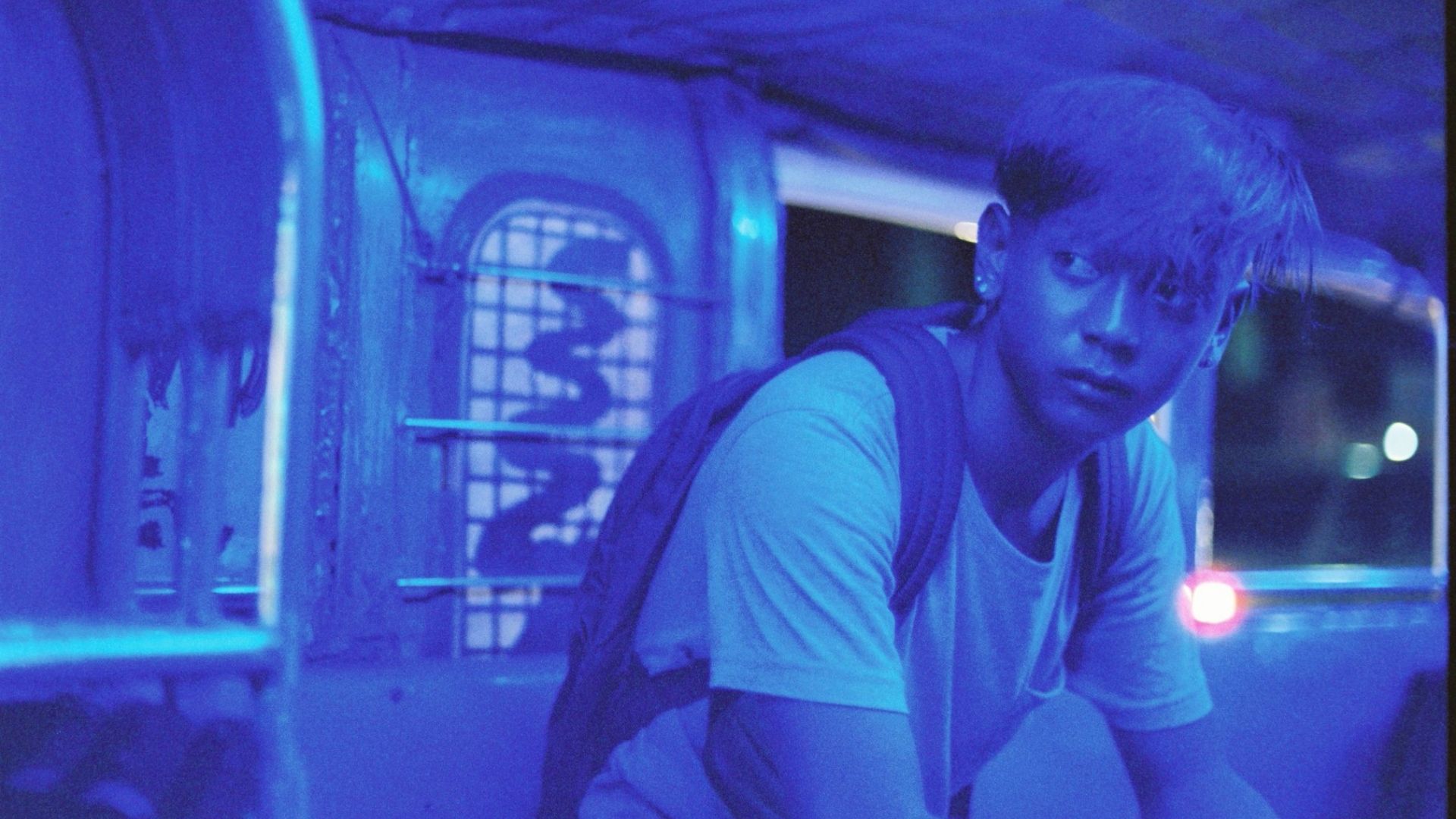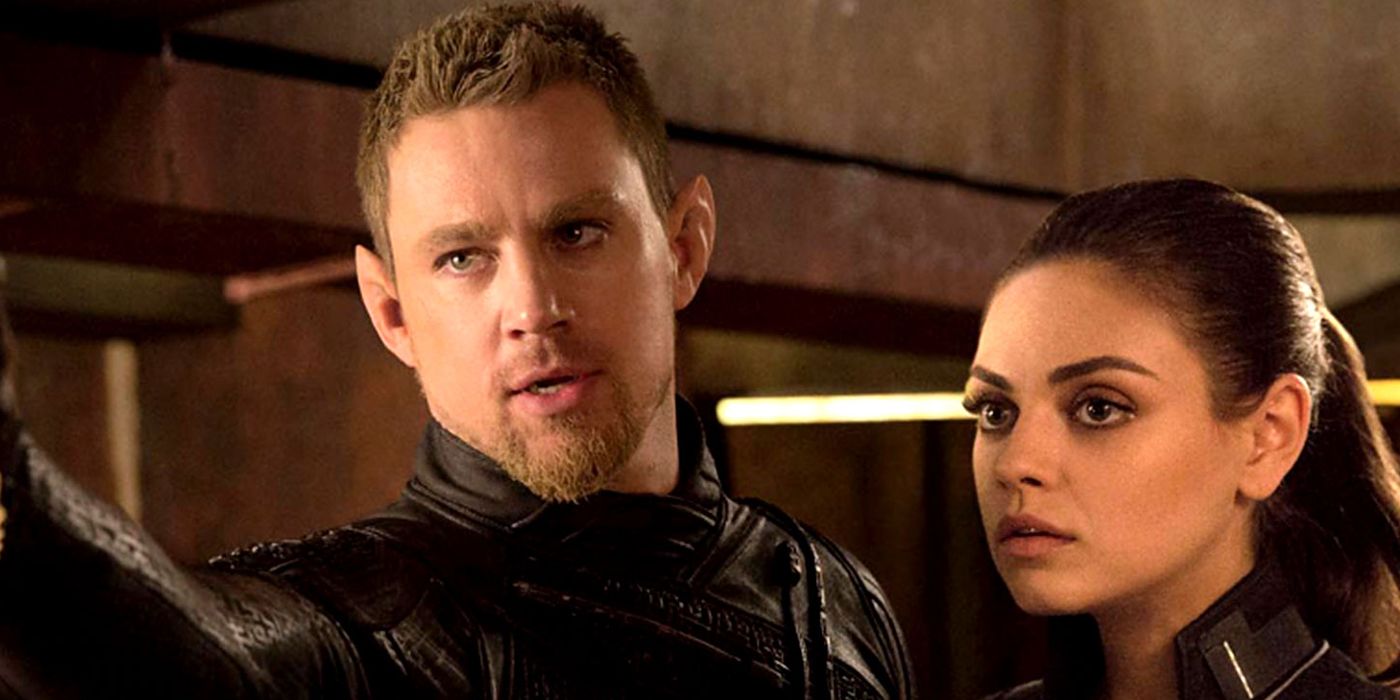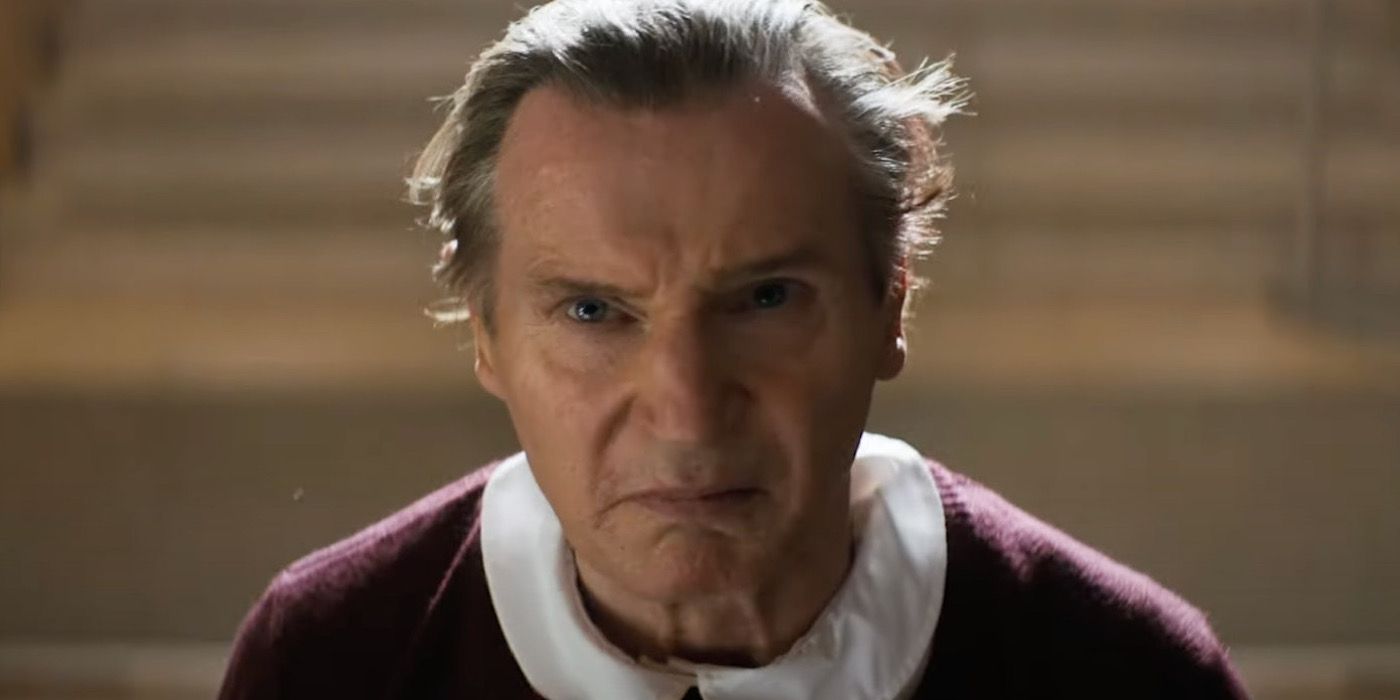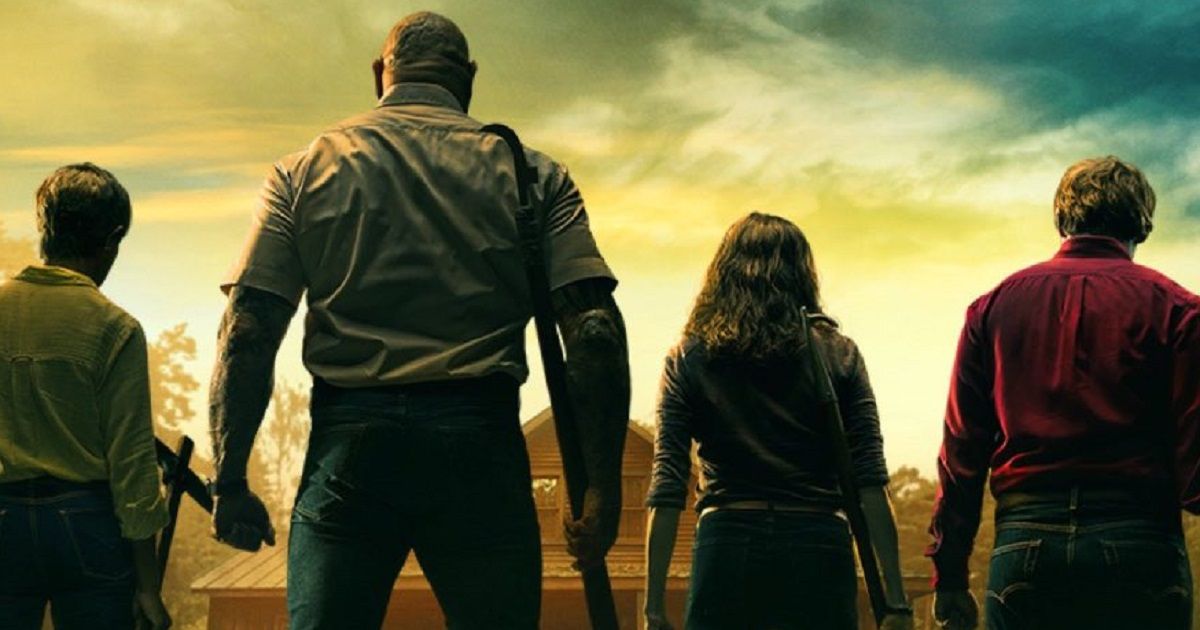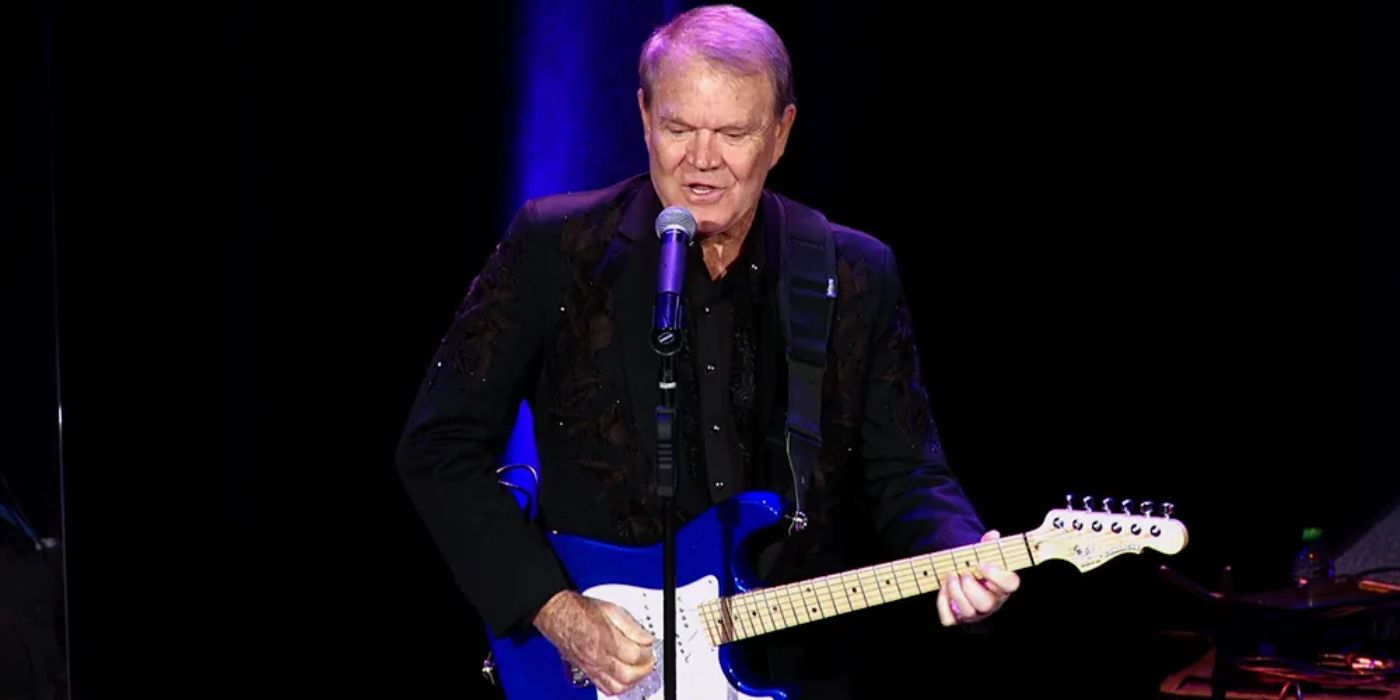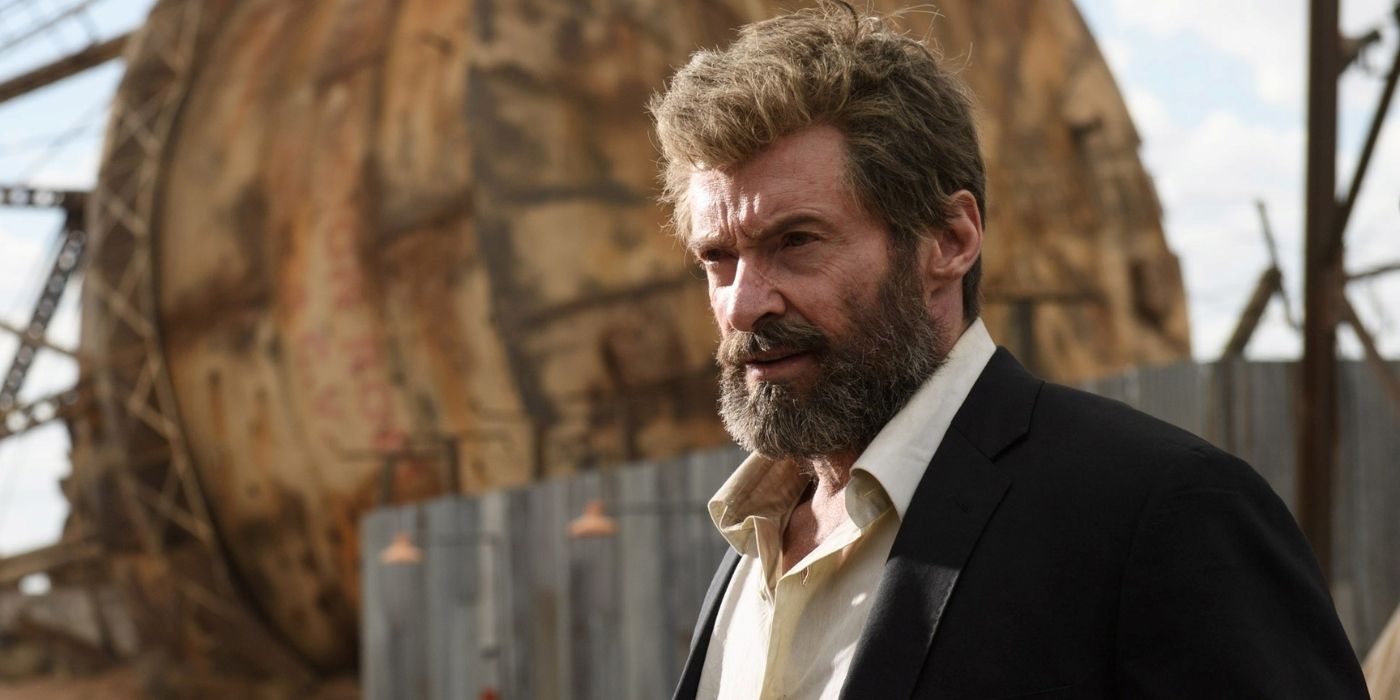Summary
- Krishnas: Gurus. Karma. Murder is a captivating and well-produced true crime docuseries that explores the rise and fall of the Hare Krishna movement.
- The series stands out with its engaging ensemble of talking heads and never-before-seen archival footage, drawing true crime buffs deeper into the fascinating and complicated tale.
- Episodes two and three uncover the control issues and corruption within the Hare Krishnas including their murder charges, making for an enticing and revealing watch.
Fans of true crime documentaries may get hooked on Krishnas: Gurus. Karma. Murder. The new three-part unscripted series, which just dropped on Peacock, offers a fascinating and often compelling in-depth look at the Hare Krishnas — from its earnest beginnings to its head-turning corruption and its curious rebirth. Executive produced by Joseph Freed, Allison Berkley, Tara Long, David Holthouse, and Tim Clancy, the time, money, and attention to detail that went into this outing is evident. And even though the docuseries follows similar, if not emotionally manipulative beats of similar docs — nothing like a dramatic music crescendo to grab you before fading to black — Krishnas: Gurus. Karma. Murder is a welcome surprise.
The series wins high marks for, oddly, its vast array of talking heads, a common documentary trope that can sometimes weigh things down, but the ensemble that the producers lured in here are, for the most part, thoroughly engaging and sometimes eccentric. True crime buffs who love getting pulled in deeper and deeper in complicated tales will enjoy the creative ride here, which, in addition to its many interviews, features never-before-seen archival footage and a broader look at the Hare Krishna movement all around. Meanwhile, the creative carrot always dangles: murders, greed, corruption, vengeance — how can we resist?
Exploring the Rise of a Movement
Peacock
“Hell has three entries — greed, anger, and lust,” is a well-known Hare Krishna bon mot. The producers of Krishnas: Gurus. Karma. Murder intentionally leap off that note and within the first three minutes of the documentary’s first episode explore the hellish events that befell the Hare Krishnas. A talking head here, another there. All of it arrives with breakneck speed to provide a glimpse of what’s to come and to entice audiences further. You’ll forgive the ploy and want to know more.
This story about a spiritual group gone wrong has humble beginnings. Through interviews, archival photos, and film footage, we’re introduced to Swami Prabhupada, the noble founder of the Hare Krishnas. We learn the gist of the Hare Krishnas — it was a movement, yes, but not a cult we’re told by many. At its core, the group strove to spread the teachings of Krishna, asserting that there is a soul within everything. Peace and love. A lovely internal cocktail. What could go wrong?
Related: Best Docuseries of 2022, Ranked
Plenty. Episode one tracks Prabhupada’s rise, moving viewers through the 1960s and the early 1970s, featuring the man who would become the guru’s biggest foil: a devotee named Keith Ham (who would become Kirtanananda Swami). This set off a flurry of drama in what would become a well-known Hare Krishna compound in West Virginia called New Vrindaban.
One of the winning aspects of the documentary series is that is never lands in one area too long. There’s a breezy pace to what we experience here, and each episode covers a lot of ground. Episode one introduces us to figures who are vital to the story. There’s stalwart West Virginia Det. Tim Westfall, former guru William Ehrlichman (a standout), early devotee Malati Devi Dasi, and many others. We’re eventually taken to a crossroads to learn how Kirtanananda strayed from the main group, allegedly luring in other corrupt souls into his mission to gain control of the Hare Krishnas.
Good Intentions, Bad People
Peacock
Episodes two and three of the docuseries delve into Kirtanananda’s control issues and lack of integrity, noting that he went to “war” with founder Swami Prabhupada, who didn’t initially sanction his former devotee’s West Virginia compound but later came to accept it. These episodes also do a great job of carefully plotting their way to other big reveals, particularly an interesting look at the overall corruption, greed, and infighting within New Vrindaban.
Related: Best Movies with Religious Themes, Ranked
The most compelling elements, and surely something that true-crime fans will relish, is the way this docuseries presents the multipronged bit of messiness that revolved around Thomas Drescher/Thirta das, Daniel Reid/Daruka, Charles St. Denis/Chakradara das, and Kirtanananda himself. We learn more about Kirtanananda’s fractured ego and his control issues. We’re told Drescher was a Vietnam vet and was seeking solace within New Vrindaban, yet his presence there became all the more threatening, especially in light of murder charges.
Some of these big reveals are best to experience on your own, but after each episode, you may wonder why somebody like Ryan Murphy hasn’t attempted to explore this subject in, oh, say, American Crime Story. There’s another great role waiting for Evan Peters somewhere in here. That said, by episode three, there’s a sense of investment in watching how all this plays out. Insights and revelations from former devotees like Christina Autry/Pradhanagopika will hit your heart. Observations about Dennis Gorrick, who handled the group’s finances, are revealing. Aged former devotees flutter in and out for commentary. Things get deep. You get a rise.
Overall, Krishnas: Gurus. Karma. Murder effectively blends its mix of “confessions,” big reveals, and archival elements to deliver a compelling tale about corruption within one of the world’s more provocative movements.
Krishnas: Gurus. Karma. Murder is streaming on Peacock. Check out the trailer below:
You can view the original article HERE.


